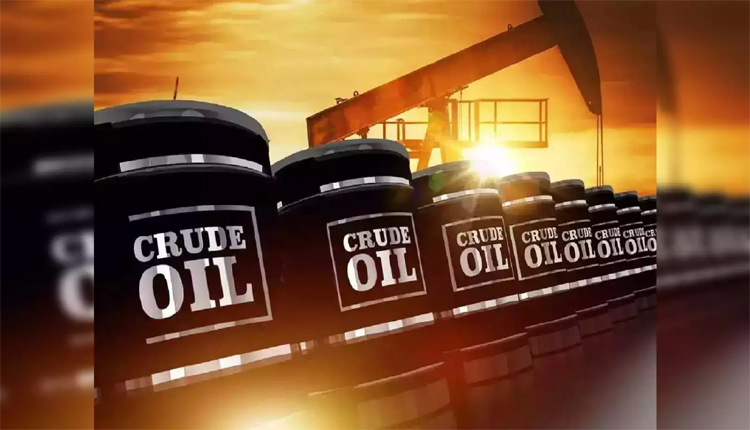New Delhi: The United States’ fresh sanctions on Russian oil giants Rosneft and Lukoil have sent shockwaves through global energy markets, with India staring down the barrel of a potential crisis.
Aimed at choking Russia’s war chest in Ukraine, these curbs — announced by President Donald Trump on October 22-23— freeze assets and bar dealings with the firms, prompting the European Union to follow suit. For energy-hungry India, which is reliant on Russia for 35–40% of its crude needs, the fallout could be seismic, threatening to inflate fuel bills and squeeze the economy.
Since 2022, discounted Russian oil has saved India billions, fuelling daily imports of 1.5–1.7 million barrels. Now, experts predict a 40-50% slash in supplies, piling on an extra $2-3 billion annual tab. Brent crude has already surged 5-7% to $65-70 per barrel, portending 5-7% hikes in petrol and diesel prices, fuelling inflation and nicking GDP by 0.2-0.3%. Private majors like Reliance Industries, which once guzzled 500,000 barrels daily from Rosneft, have halted spot buys, staring at a Rs 3,000–3,500 crore revenue hit. Nayara Energy, another Rosneft affiliate, grapples with 70-80% refinery utilisation and slumping exports.
Yet, India isn’t cornered. Pivot options abound: ramping up from Middle East heavyweights like Saudi Arabia and the UAE (up to 1 million barrels daily), tapping Africa’s Nigeria and Angola, or eyeing Brazil and the US. Reliance is already scouting spot cargoes from the Gulf. The government eyes OPEC+ for surplus output, bolsters 90-day strategic reserves, and accelerates renewables like solar and ethanol. By 2030, import dependence should dip from 77% to 65%, turning this geopolitical jolt into a diversification boon.
These sanctions highlight the high-stakes chess of energy security and test India’s diplomatic skills as New Delhi balances relations with Washington and Moscow.



Comments are closed.